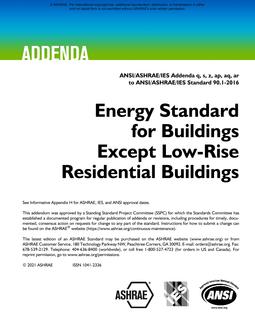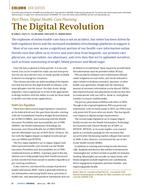Fan noise has two major components: (1) a broadband, caused by air turbulence (vortex shedding), and (2) the blade passage (discrete tone with harmonics), due to rotation of the wheel with a discrete number of blades. Sound levels produced are affected not only by the fan’s operational parameters (rpm, head, flow and efficiency) but also by the geometry of the ductwork in which the fan is placed. It has been found (1) that the discrete tone component can be increased by as much as 18 dB when the duct length equals a whole number of half wave lengths (1. e., the “trombone effect”). Besides having the potential for loudness, discrete tones may also cause the greatest subjective annoyance. For these reasons it is desirable to minimize, the sound level of this component of fan noise. In fact, elimination of this component is often all that is necessary to stop community complaints about fans located outdoors in or near resi4ential areas. A case history of a successful use of this technique is related at the conclusion of this paper.
Citation: ASHRAE Transactions, Volume 80, Part 2, Montreal, QC
Product Details
- Published:
- 1974
- Number of Pages:
- 8
- File Size:
- 1 file , 450 KB
- Product Code(s):
- D-MO-2306


